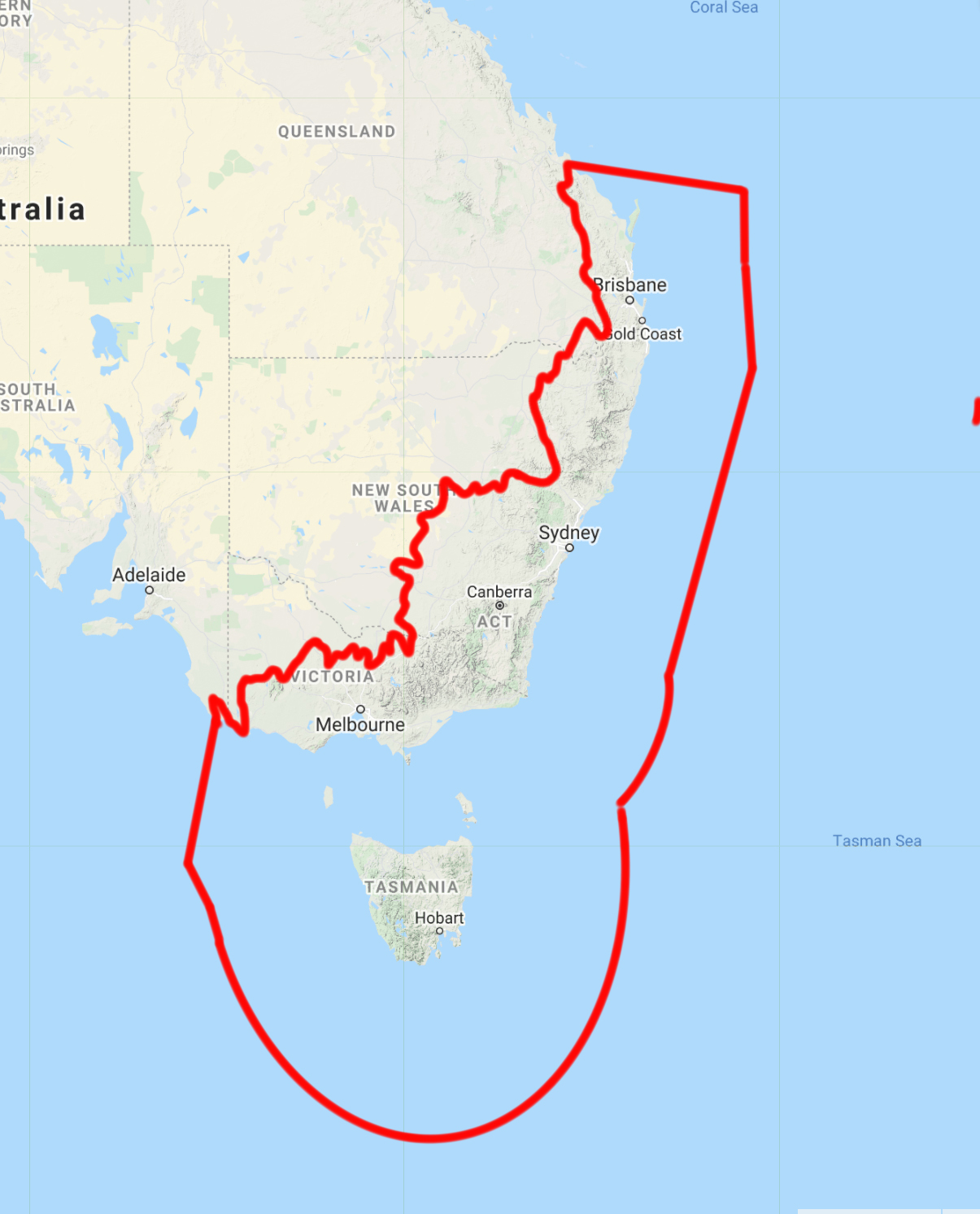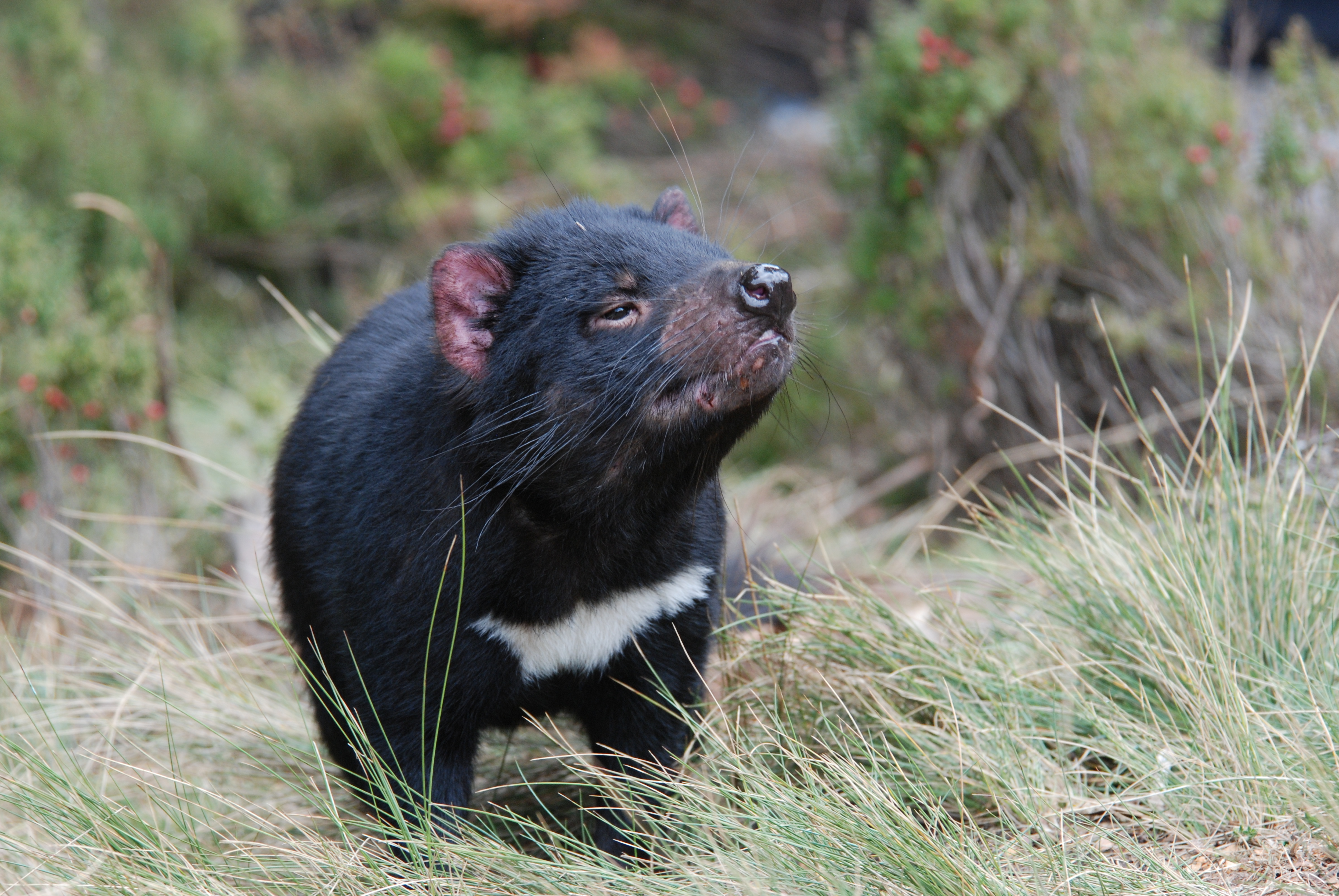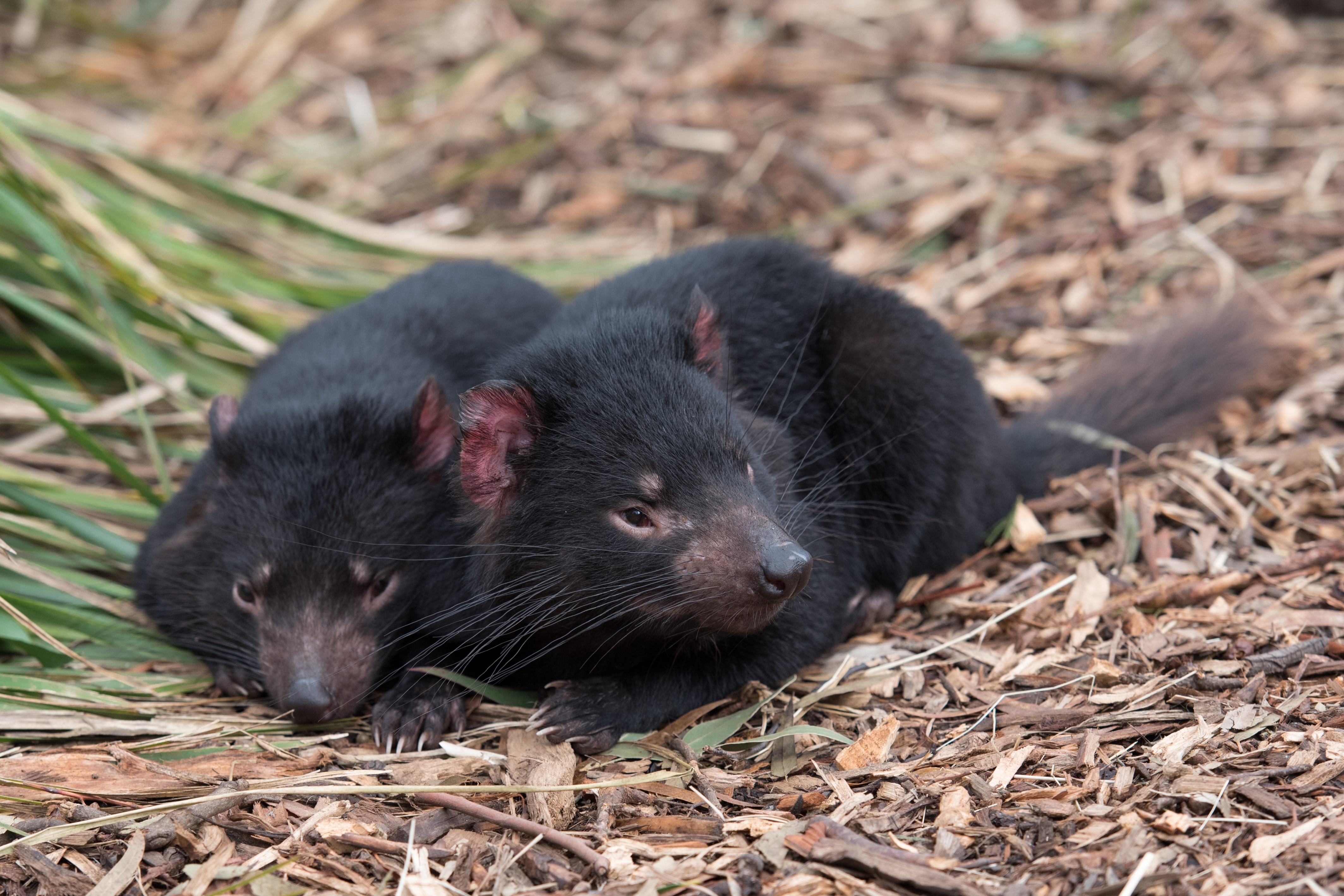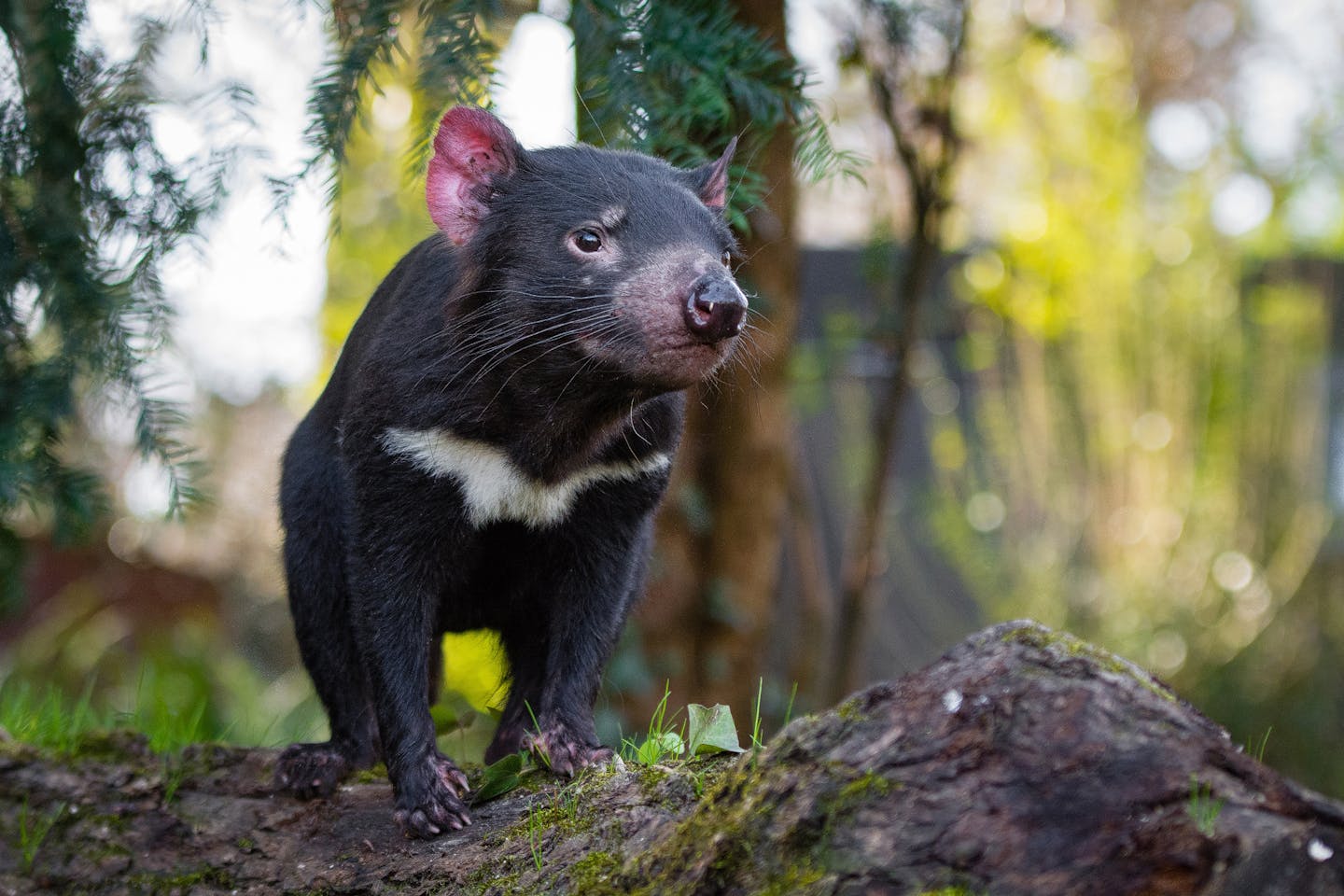Tasmanian devils: fierce predators with the strongest bite per body mass
Our “Species of the Week” series highlights the flagship species of each of the 844 unique ecoregions contained within Earth’s bioregions.
When nineteenth century explorers first ventured 150 miles south of the Australian mainland, they found an island with sandy beaches encompassing rugged forest terrain. As they camped for the night by the turquoise waters, a cry so horrible arose from the dark inland shrubs that it was thought to be the Prince of Darkness himself. Satanic flesh-lover, Harris's flesh-lover, bear devil, and Beelzebub's pup were all names given to the Tasmanian devil when the source of the sound was discovered. Characterized by a stout muscular body, pungent odor, loud screeching, and bright red stains against its black fur when eating, the Tasmanian devil is known for its ferociousness. However, the fury displayed in Looney Tunes cartoons and Tasmanian folklore is just for show.

Tasmanian devils are the flagship species of the Tasmanian Temperate Rainforests ecoregion located in the East Australian Temperate Forests & Mountain Shrublands (AU3) bioregion.
Their disturbing screech is primarily to ward off each other as they are solitary creatures. Yet, as scavengers, they get most of their nutrition from finding carcesses on the forest floor and their howls end up attracting several devils. Occasionally, they hunt small vertebrates and bugs. Tasmanian devils consume the entire animal when they eat. Their jaws open up to 80 degrees, generating large amounts of power to tear apart meat and crush bones. They have the strongest bite per body mass of any living mammalian carnivore, exerting a force of 553 N.

Image credit: Wildscreen Exchange
Although nocturnal in feeding and breeding, Tasmanian devils can often be spotted lounging in the sun. Two prominent canines stick out as they splay their bodies and rest their large heads in their front paws. Males can weigh up to 18 pounds and females up to 13 pounds. Breeding starts when females reach sexual maturity around age two. Mating season begins in March as prey is the most abundant in the summer and therefore aligns with the new young. As with other marsupials, Tasmanian devils are born into a pouch. Like the wombat, the female devils’ pouch opens to the rear so it is physically difficult for the mother to interact with her young. After 105 days, the young leave the pouch but remain in the den for another three months before becoming independent. Five to twelve devils can live within range of each other.

Image credit: Creative Commons
The devil is an iconic symbol of Tasmania and since 2013, they have been sent to zoos around the world as part of the Australian government's Save the Tasmanian Devil Program. Once natural to the mainland of Australia, the devils went extinct due to human and dingo hunting. Zoologists estimate that the devil has suffered a more than 80% decline in its population and that only around 10,000–15,000 remain in the wild.


